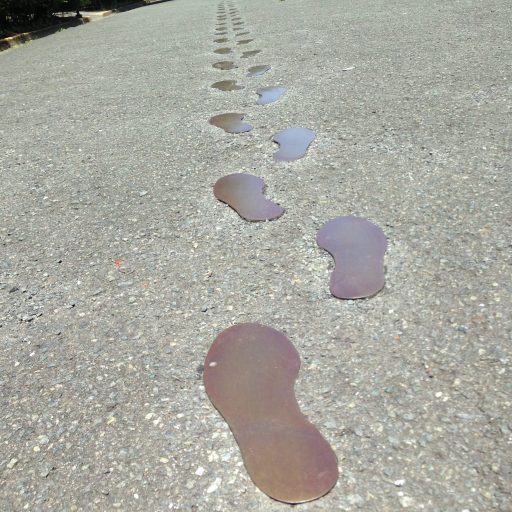How to Include the Kids in Travel Planning
It may seem almost impossible to go to museums and historical sites with preschoolers in tow. You start imagining the squirming and the whining that is bound to happen, and you just throw your arms up and give up all hope of seeing that wonderful exhibition on the First Ladies’ inaugural gowns or listening to the engaging anecdotes on Thomas Jefferson’s inventions given by the knowledgeable tour guide. But with a little advanced preparation and a balanced itinerary, one should still be able to pull it off, and have a trip that is not limited to furry characters and amusement park rides.

Tip #1: Get your kids excited about the trip
The kids won’t have that built-in excitement when you tell them that they are going to Disney World—because you’re NOT going to Disney World.
Start by telling your children where the family is headed. Have a map plastered on a wall in the common area that kids can refer to from time to time. Show them which cities or states/provinces you’re heading for. How long does it take to get there? What mode of transportation will you be taking? Have the kids use a journal to write or draw pictures about their feelings prior to leaving, and what they think they will see when they get there. This builds the excitement and anticipation ahead of the trip.
to write or draw pictures about their feelings prior to leaving, and what they think they will see when they get there. This builds the excitement and anticipation ahead of the trip.
Tip #2: Build background information
A common teaching tool, building background means to build prior knowledge so the kids know what to expect when they get there. Are you visiting a president’s home? Or is it a historical site where a battle took place? The information may seem “above their heads” but it can certainly be broken down into comprehensible chunks for young minds to absorb. For example, one of my sons is named James. We started talking about all the U.S. presidents whose first names were James. He was intrigued by this and it became a good introduction for our trip to the presidential homes of James Madison and James Monroe, both in the Virginia area. The key is to find something that the little one can connect with.
Tip #3: Research, research, research!

Most of these adult-interest places have a place for the younger patrons to explore and to do hands-on activities. Get a copy of their schedule of events and work around it. Maybe there’s storytime happening at 11 a.m. or a flag-making activity at 2 p.m. An example is Baltimore’s Walters Art Museum—a free museum that offers drop-in art activities for that budding artist in your family. Most places also have a kids’ station where they can either color, make crafts, or engage in hands-on play. You can tour the areas for the grown-ups first with the promise to your youngsters that they are going to the kids’ area in x number of minutes. When kids know that their “time” is coming soon, they won’t be as antsy, and they learn—gasp!—delayed gratification.
Tip #4: Reinforce with additional resources
YouTube and other video-sharing sites offer a multitude of audio-visual resources that you can use to drum up excitement and set expectations for your little ones. So if you were planning a trip to Plymouth Rock, search “Plymouth Rock for kids” under videos and you should find plenty of videos that explain it in a kid-friendly way with actual pictures of the rock. Some official websites of the places you are visiting may have a Student Resource page like the one for George Washington’s Mount Vernon. Did George Washington really chop down the cherry tree? What’s his favorite color? Their videos are only a little over a minute long and will hold your child’s interest and attention. And, if they want to submit their own questions, they may very well do so.
Which leads us to…
Tip #5: Seek their input

Even though they may only be 5 years old, any parent knows that children have very strong opinions about what they want. Give them heads up on what the day’s itinerary looks like and let them make some of the decisions. Perhaps you could allow them to pick where to eat for lunch or what music to play on the long car ride. As you pack the clothes and other essentials for the trip, have your little ones pack their own little backpack of things that they want to bring for the car or plane ride. I usually let my boys pack two small stuffed toys, their pencil pouches that hold their coloring materials, as well as lots of paper. On a recent trip, I gave each of them dry erase boards and their own marker which they used on a 5-hour car trip.
and their own marker which they used on a 5-hour car trip.
Allowing them to be part of the planning process helps them feel that this is their trip, too, and not just mommy and daddy’s trip.
This may seem like a lot, but with careful planning and research, you won’t have to be limited to water parks and animal viewings at the zoo. You can find a happy medium for all members of the family to enjoy, and create warm memories to look back on.
As an Amazon Associate, I earn from qualifying purchases to help maintain this site.
